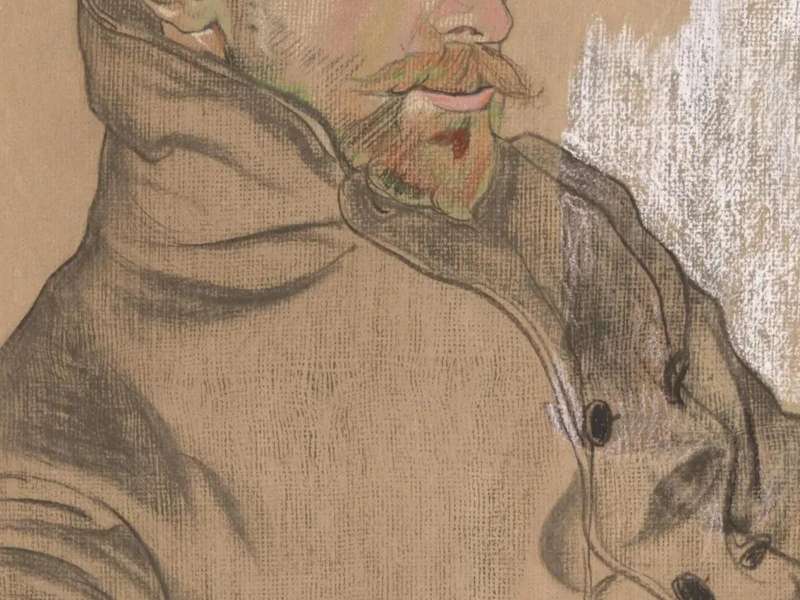
Stanisław Wyspiański, Artist, Patriot.
An exhibition at the National Portrait Gallery dedicated to Stanisław Wyspiański, one of the most important Polish artists of the 19th century. Sixteen portraits on display, many of which have never been shown before in Britain, to tell the story of the artistic talent of a leading figure of the modernist movement, Young Poland.
자세한 정보